A pair of NRC workshops coming up

The Nuclear Regulatory Commission’s Office of Nuclear Regulatory Research is hosting two workshops on reactor topics before the end of the year.
The ANS Nuclear Cafe is a blog owned and edited by the American Nuclear Society. Information contained on the ANS Nuclear Cafe has been provided by numerous sources. Therefore, the American Nuclear Society assumes no responsibility or liability for the accuracy of information contained herein. DISCLAIMER: The views expressed in posted articles do not necessarily reflect the views of the American Nuclear Society. The views expressed here are those of the individual authors. ANS takes no ownership of their views. The American Nuclear Society assumes no responsibility or liability for any use or operation of any methods, products, instructions, or ideas contained on this site.

A message from Electrical Builders, Ind.
America’s Top Performing Nuclear Plants Rely on Electrical Builders, Industries to Expand and Extend the Life of Their Critical Electrical Assets

The Nuclear Regulatory Commission’s Office of Nuclear Regulatory Research is hosting two workshops on reactor topics before the end of the year.
The National Nuclear Security Administration’s Office of Radiological Security (ORS), part of the Department of Energy, announced this week that it partnered with Jordan's Energy and Minerals Regulatory Commission (EMRC) to replace all of Jordan’s high-activity cesium-137 irradiators with X-ray technology.
A new NSTOR collection, "Reimagining Nuclear Futures: Emerging Voices on Technology, Policy, and Society," has been launched by Aditi Verma, assistant professor of nuclear engineering and radiological sciences at the University of Michigan. The collection features technology policy op-eds, essays, and papers from emerging scholars in nuclear engineering and adjacent fields.
The collection is open access with no publication charges through the end of 2024.
NSTOR—Nuclear Science and Technology Open Research—is offered through the American Nuclear Society.

So far this year, Savannah River Nuclear Solutions Supply Chain Management (SCM) apprenticeship program has transitioned 12 new graduates to its team. According to SRNS, the apprentices and interns were attracted to the training program through new recruiting connections that SRNS has established with universities and colleges in the Aiken, S.C., area. The SCM program, which is designed to transition participants into full-time positions at the Savannah River Site, has recently increased internal incentives.
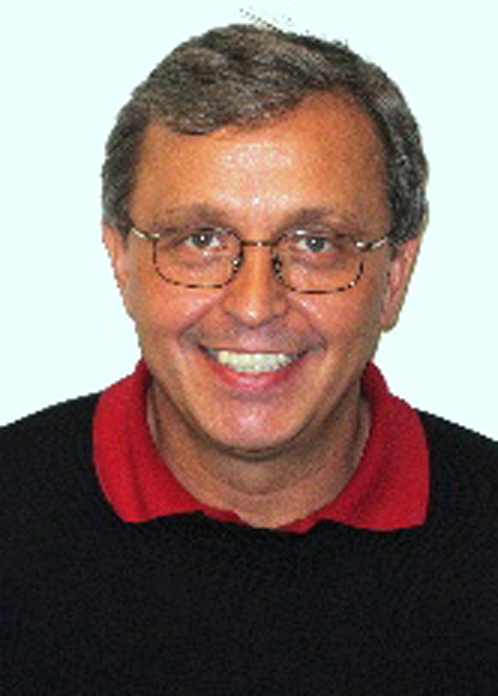
Shvyd’ko
A major step toward the creation of the most precise atomic clock ever—with an accuracy of one second in 300 billion years—was recently reported in Nature by an international team of researchers working at the European X-Ray Free-Electron Laser (XFEL) facility. The researchers, led by senior physicist Yuri Shvyd’ko of Argonne National Laboratory, created a pulse generator based on the element scandium that demonstrated an extremely narrow resonance frequency capable of maintaining unprecedented time accuracy.
Atomic and nuclear clocks: In atomic clocks, the electrons in the atomic shells of certain elements—most commonly cesium—are raised to higher energy levels with microwave radiation. The microwave frequency is tuned to maximize the radiation absorption within a particular resonance range.

Ousmane Hisseine, an assistant professor of civil engineering at McMaster University in Hamilton, Ontario, is using his expertise in concrete infrastructure in hopes of improving the safety of small modular reactors.
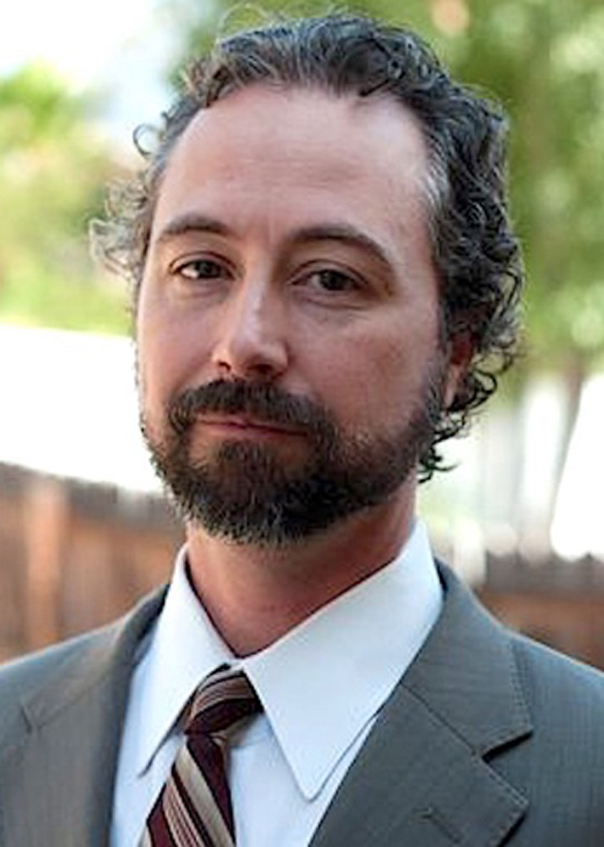
Hall
Nuclear energy stocks “have become far more compelling to many investors in recent years,” and “there are good reasons to support this carbon-free source of energy,” according to investment entrepreneur and financial lecturer Jason Hall. In an article recently published by The Motley Fool, Hall discusses the opportunities and risks of investing in nuclear energy companies and offers his perspective on three top nuclear energy stocks.
Nuclear basics and new innovations: Hall started at the beginning, describing the most basic aspects of nuclear energy: the production of heat through fission, the generation of electricity via turbines, and the mining and enrichment of uranium for fuel. He noted that there “are only a small handful of companies with the expertise and financial strength to deal with nuclear reactors, and almost all are either private, state-owned, or the subsidiary operation of a large industrial conglomerate.”

Purdue University’s School of Nuclear Engineering is hosting a two-day Atoms for Humanity symposium on campus at the Stewart Center’s Eliza Fowler Hall on October 25–26. The symposium—which will take place from 10:00 a.m. to 6:00 p.m. (EDT) on the first day and from 10:00 a.m. to 5:00 p.m. (EDT) on the second day—will highlight the role of nuclear energy as a clean energy source. It is open to everyone, and no registration is required.
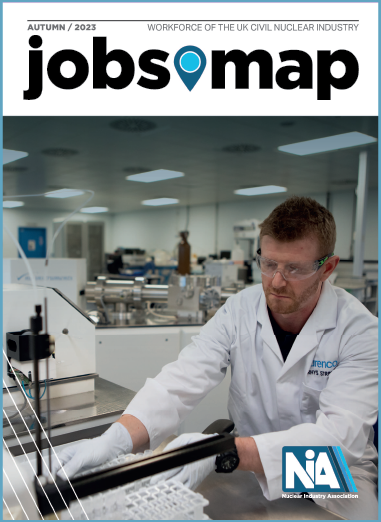 The present size of the civil nuclear workforce in the United Kingdom is the largest it has been in the past 20 years. So reports the Nuclear Industry Association (NIA), the main trade association for the U.K. civil nuclear industry, in its recently released Jobs Map 2023. The London-based organization has released this report annually for more than a decade with the objective of giving the government the most up-to-date, accurate statistics on which to base economic and energy decisions. The NIA reports that the latest job growth has been fueled partly by projects on advanced and emerging nuclear technologies.
The present size of the civil nuclear workforce in the United Kingdom is the largest it has been in the past 20 years. So reports the Nuclear Industry Association (NIA), the main trade association for the U.K. civil nuclear industry, in its recently released Jobs Map 2023. The London-based organization has released this report annually for more than a decade with the objective of giving the government the most up-to-date, accurate statistics on which to base economic and energy decisions. The NIA reports that the latest job growth has been fueled partly by projects on advanced and emerging nuclear technologies.
 Allied Power has acquired Dominion Engineering, Inc. (DEI), Allied announced last week. Financial terms of the deal were not disclosed.
Allied Power has acquired Dominion Engineering, Inc. (DEI), Allied announced last week. Financial terms of the deal were not disclosed.
Allied provides a range of services—including routine maintenance, outage services and management, capital construction, and specialized support—for power plants in the United States.
DEI has provided field service equipment, technology, and consulting services for nuclear utilities and operators for more than four decades. Its services include work on refueling outages, decommissioning, and waste management activities.
The Baker School of Public Policy and Public Affairs at the University of Tennessee—Knoxville hosted a presentation titled “A Conversation of the Future of Nuclear Energy in the United States” on Tuesday, September 5. Panelists were ANS member Jamie Coble, associate professor of nuclear engineering at UTK and associate editor of the American Nuclear Society journal Nuclear Technology; ANS member Scott Hunnewell, vice president for new nuclear at the Tennessee Valley Authority; and ANS member Andrew Nelson, section head for nuclear fuel development at Oak Ridge National Laboratory. The discussion was moderated by Charles Sims, director of the Center for Energy, Transportation, and Environmental Policy at the Baker School.

Spent Fuel Solutions, which advocates for a permanent disposal solution for the nation’s spent nuclear fuel, will be holding an informational webinar on Friday, September 15, from 11:00 a.m. to noon (PDT).
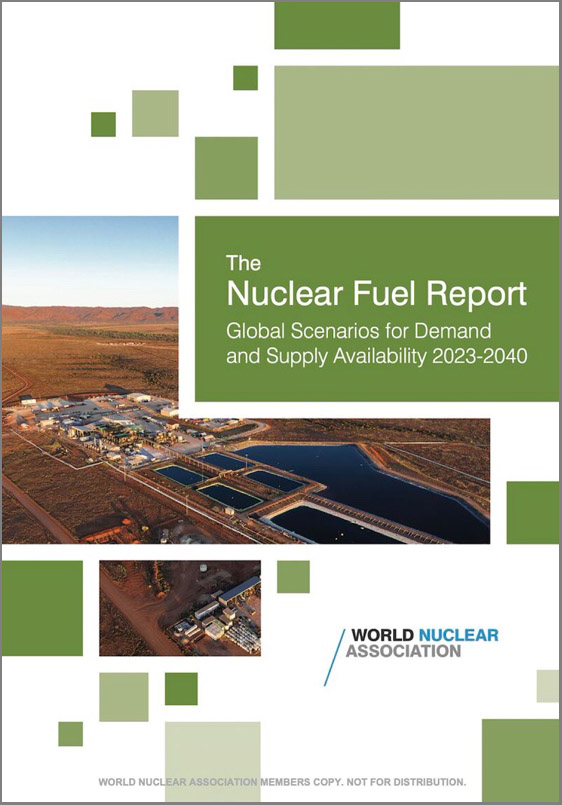 According to the World Nuclear Association’s newly released Nuclear Fuel Report: Global Scenarios for Demand and Supply Availability 2023–2040, there will be more of an increased demand than previously anticipated for nuclear fuel services and nuclear power capacity over the next several years. The report notes that the increased need for nuclear energy is associated with government efforts to decarbonize energy supplies and achieve energy security as well as growing interest in deploying new large nuclear reactors and small modular reactors (SMRs). The report is available to order now.
According to the World Nuclear Association’s newly released Nuclear Fuel Report: Global Scenarios for Demand and Supply Availability 2023–2040, there will be more of an increased demand than previously anticipated for nuclear fuel services and nuclear power capacity over the next several years. The report notes that the increased need for nuclear energy is associated with government efforts to decarbonize energy supplies and achieve energy security as well as growing interest in deploying new large nuclear reactors and small modular reactors (SMRs). The report is available to order now.

Harris

Abram
Cleo Abram and Johnny Harris are young, independent video journalists—and friends and colleagues—who have been posting educational and supportive videos about nuclear energy on YouTube.
Abram describes her work as “making optimistic tech explainers.” The name of her show is Huge If True, “an antidote to the doom and gloom, helping its audience decode the world around them and see positive futures they can help build.”

The Freemelt ONE 3D printer.
Hungary’s Institute for Nuclear Research (ATOMKI) is set to take delivery this year of a 4.6 million Swedish krona ($414,300) electron-beam 3D printer for nuclear material science research.
The printer—the Freemelt ONE model—is manufactured by Freemelt, a Swedish company.
Research plans: ATOMKI intends to use the printer for “research in surface science [and] surface topology, which means creation of new surface structures and composite materials via non-adiabatic [not occurring without heat loss or heat gain] alloying,” according to Kalman Vad, a senior research associate at ATOMKI. “The open architecture and free parametrization of the properties of the [electron] beam makes Freemelt ONE an ideal tool for research purposes.”
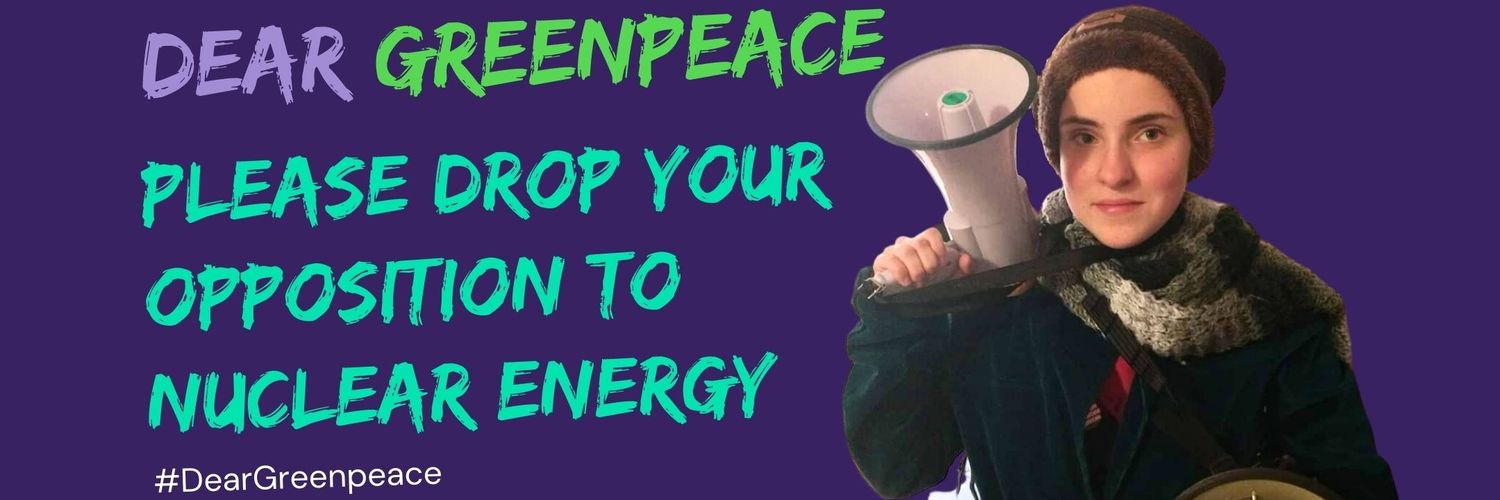 Ia Aanstoot, an 18-year-old Swedish climate activist, is gaining a lot of online attention with her “Dear Greenpeace” campaign, asking the global environmental organization to drop its “old-fashioned and unscientific opposition to nuclear power, and join us in the fight against fossil fuels instead!”
Ia Aanstoot, an 18-year-old Swedish climate activist, is gaining a lot of online attention with her “Dear Greenpeace” campaign, asking the global environmental organization to drop its “old-fashioned and unscientific opposition to nuclear power, and join us in the fight against fossil fuels instead!”
As reported by the Guardian, Aanstoot’s stance is that “Greenpeace is stuck in the past fighting clean, carbon-free nuclear energy while the world is literally burning. We need to be using all the tools available to address climate change, and nuclear is one of them.”
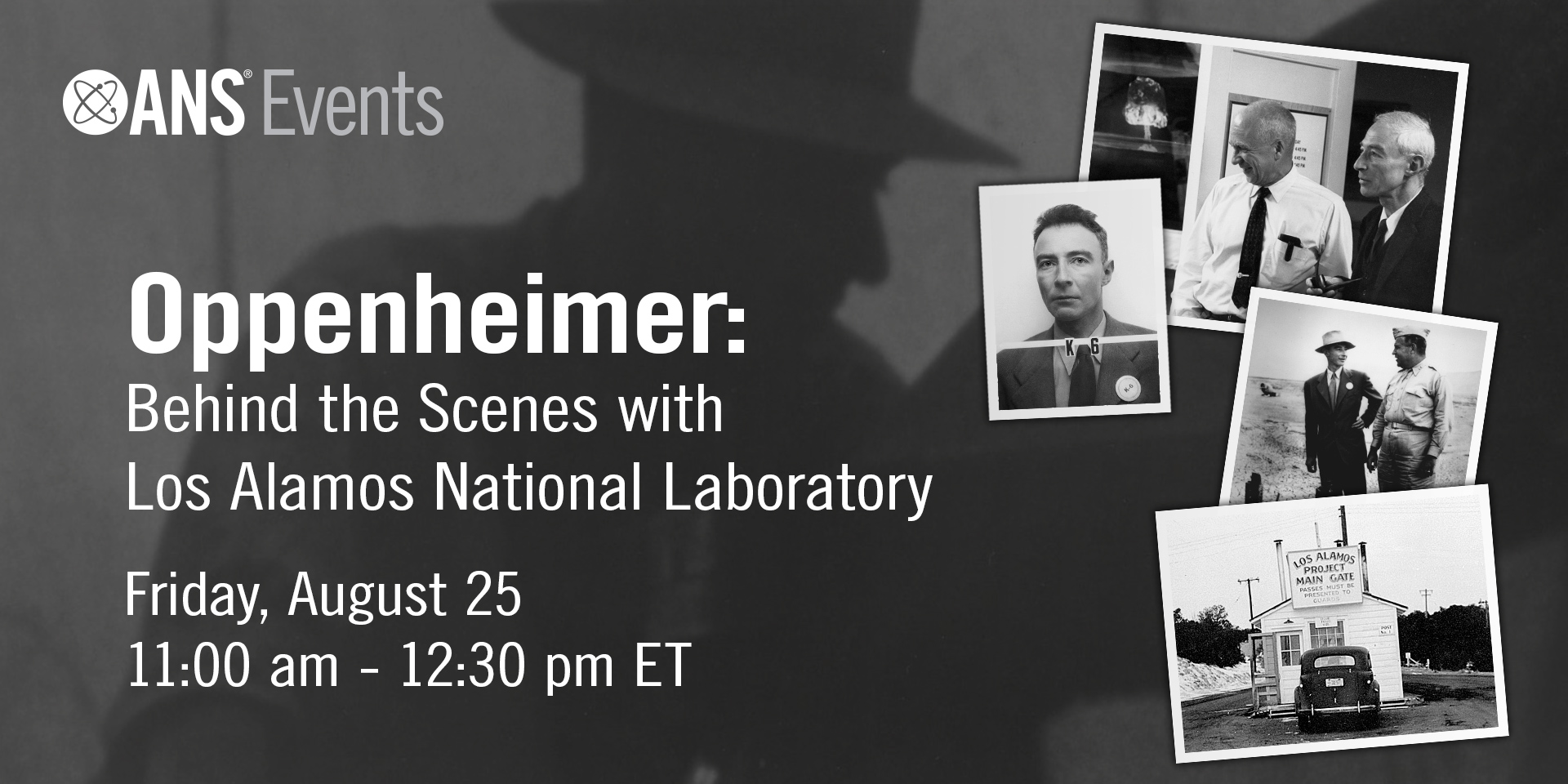
The American Nuclear Society will be hosting a special online event on Friday, August 25, at 11:00 am (ET). The webinar Oppenheimer: Behind the Scenes with Los Alamos National Laboratory will feature representatives from LANL, who will discuss the blockbuster feature Oppenheimer, directed by Christopher Nolan, which premiered last month in theaters.
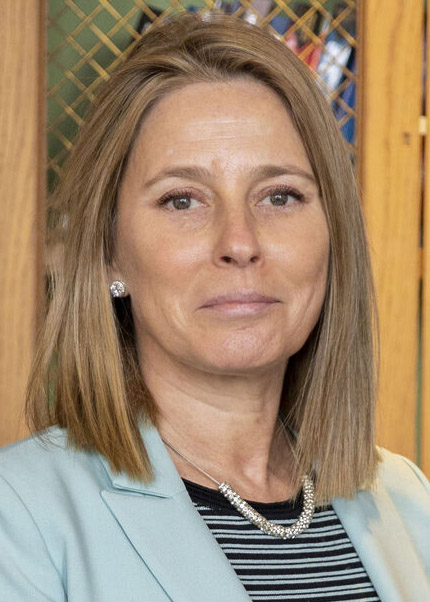
Bilbao y Léon
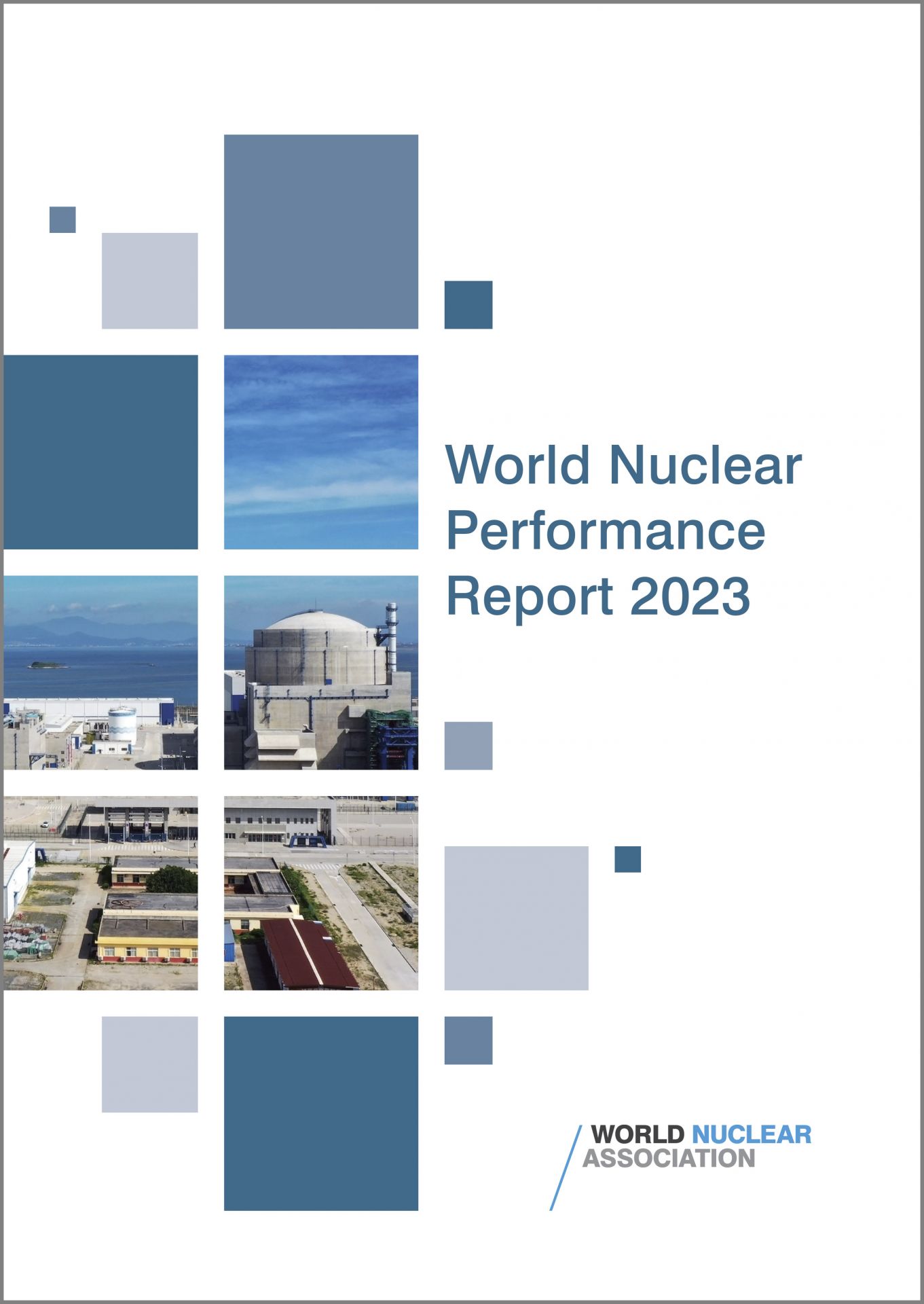 The World Nuclear Performance Report 2023 has been released by the World Nuclear Association (WNA), containing a mix of positive and negative news about the global nuclear power industry. On the positive side, according to the report, nuclear energy in 2022 supplied approximately 10 percent of the world’s electricity and roughly 25 percent of low-carbon clean electricity (second only to hydropower). On the negative side, the total amount of electricity supplied by nuclear energy declined by 4.2 percent in 2022 compared with the previous year, and the nuclear industry as a whole is “not growing fast enough to address the challenges of ensuring energy security, tackling climate change, and providing access to clean energy for all,” said WNA director-general Sama Bilbao y León in remarks at the launch of the report.
The World Nuclear Performance Report 2023 has been released by the World Nuclear Association (WNA), containing a mix of positive and negative news about the global nuclear power industry. On the positive side, according to the report, nuclear energy in 2022 supplied approximately 10 percent of the world’s electricity and roughly 25 percent of low-carbon clean electricity (second only to hydropower). On the negative side, the total amount of electricity supplied by nuclear energy declined by 4.2 percent in 2022 compared with the previous year, and the nuclear industry as a whole is “not growing fast enough to address the challenges of ensuring energy security, tackling climate change, and providing access to clean energy for all,” said WNA director-general Sama Bilbao y León in remarks at the launch of the report.
The Nuclear Regulatory Commission has issued a new report, Metal Fuel Qualification--Fuel Assessment Using NRC NUREG-2246, “Fuel Qualification for Advanced Reactors,” which documents experience with the zirconium-clad ceramic fuel system in fast reactors and presents the fuel qualification case for a data-supported fuel design and set of operating conditions. The research includes identifying as-fabricated conditions (e.g., dimensions, chemistry) and in-pile conditions (e.g., linear heat generation rates, burnup, temperature) and anticipated operational occurrences.
Five pronuclear organizations—the Breakthrough Institute, Clean Air Task Force, ClearPath, Nuclear Innovation Alliance, and Third Way—have together penned a letter to the Nuclear Regulatory Commission, calling on the agency to take action on its emergency preparedness for advanced reactors rule—which, despite the explosion of interest in these technologies over the past few years, has yet to be finalized.